KNOWLEDGE
10 Types of Packaging Sealing Technology
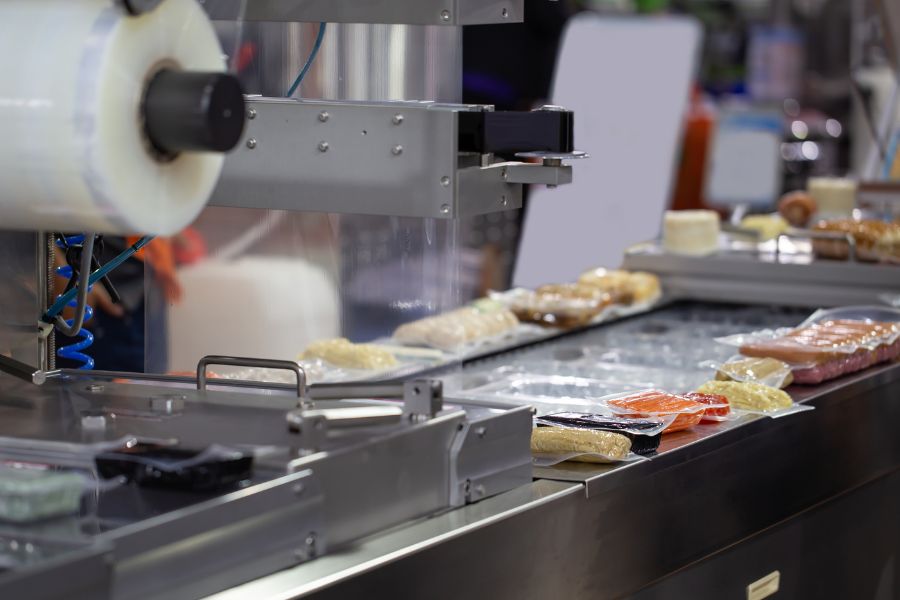
The best practices in manufacturing require companies to find packaging that protects the product and the customer. Not only must the packaging keep the product safe when shipping it around the world, but it also must protect the customer in various ways. From ensuring the product remains sanitary and pure to ensuring that children can’t get into dangerous or poisonous products, protecting products and customers starts with the right sealing technology.
What is Sealing Technology?
Sealing technology refers to the various processes engineers use to create a seal on a product. This can be a mechanical seal, such as a lid that screws onto a product, or a heat or chemical seal that bonds to a container to protect its contents. Today’s product manufacturers have a wide range of technology options to draw from as they look for the proper seal for their products.
Why is Sealing Technology Important in Packaging?
Packaging is essential to ensuring you get a quality product to your customers. In many types of industries, including food and beverage, pharmaceuticals, personal care, and more, ensuring that the product inside the package is protected from damage and exposure to the elements is vital to protecting the quality and integrity of the product. It may also be necessary for sanitation purposes. The right sealing technology, suited to work with your container’s design and the product it contains, will help you consistently deliver the quality our company demands with each customer order.
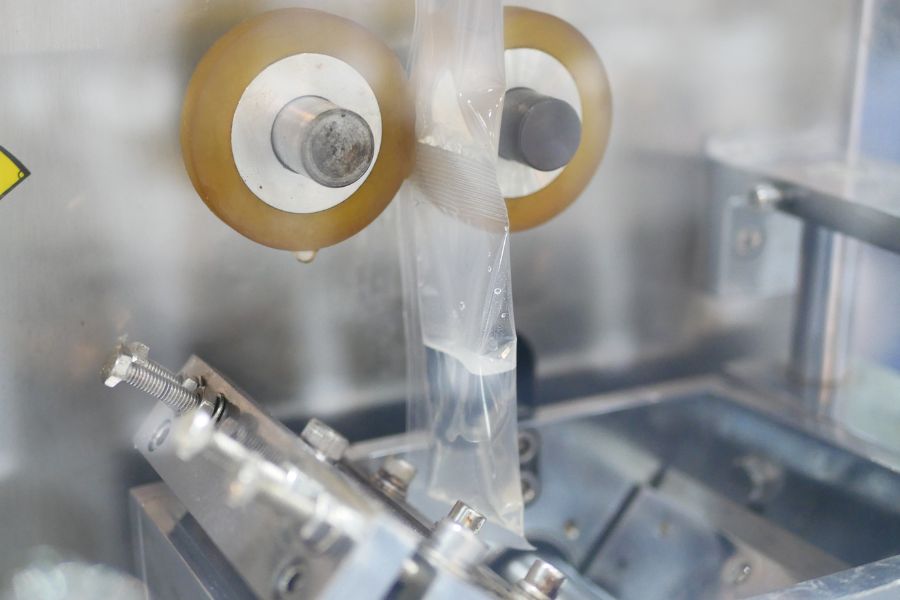
Packaging Sealing Technology Types
When determining the best way to seal your product packaging, there are a number of factors to consider, including the type of product, the size of your container, and the type of sealing technology you need. You may also benefit from using a combination of seals for the best end-product package. Here are some of the most common packaging sealing technology options.

1. Heat Sealing
Heat sealing uses high pressure combined with a high temperature, up to 250 degrees Celsius, to create a seal. The bag or package is placed in the sealing apparatus, which applies the heat and pressure to create a tight seal.
Use case: Heat sealing works well when sealing flexible materials, such as foils and films. This type of sealing technology is used in cases where sanitation is vital, such as medical equipment, food packaging, and blister seal packaging for medications. It’s also commonly used to seal bags and pouches closed.
2. Induction Sealing
Induction sealing is a type of heat seal placed at the top of a container. Here, a thin layer of material is placed on the opening, where it bonds to the top of the container. A sealing process using electromagnetic induction creates heat and pressure, sealing the top of the container to keep the product inside safe.
Use case: Induction sealing allows for tamper-evident seals. Once the induction seal is broken, it cannot be resealed which acts as an indicator of evidence to the user that the package has been previously opened and potentially tampered with. This type of seal technology works well with glass, metal, and plastic packaging and has a wide range of applications, especially in the food, beverage, and pharmaceutical industries.
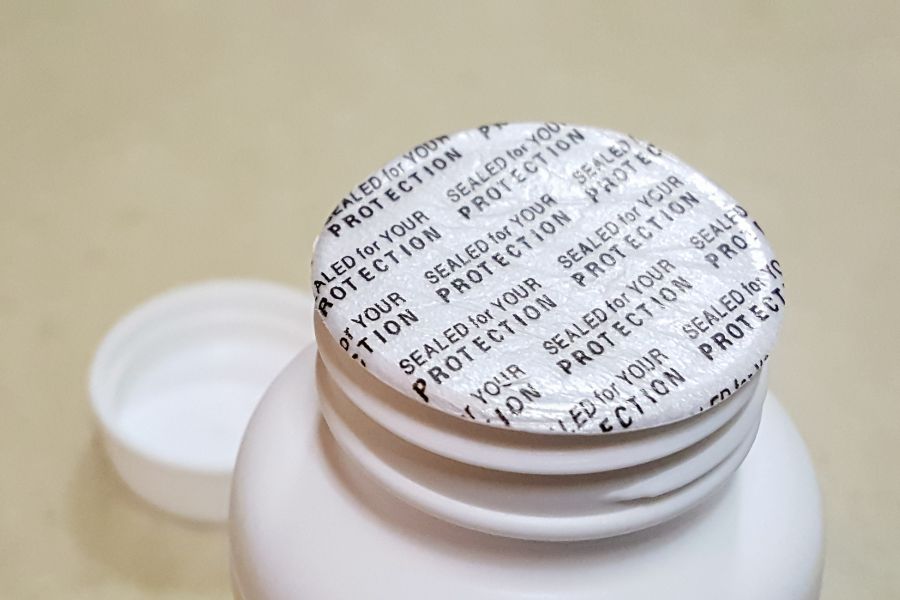
3. Pressure Sensitive Sealing
Pressure-sensitive seal technology is an ideal solution for the food and cosmetics industries as it provides a tamper-evident seal to the container. While not ideal for liquid-based products, this seal is commonly used on packaging for dry goods and powdered cosmetics. The seal is attached to the container using a torque-activated adhesive. To apply the seal, the manufacturer simply needs to place it on the open mouth of the container, add the lid, and twist. These seals are designed for single use only. When the customer is ready to use the product, they can easily peel off the seal and discard it. This design is tamper-evident, meaning it will be noticeable if the seal has been tampered with. However, once the seal is removed, there is no way to tell if the product has been tampered with.
Use case: Pressure-sensitive seals often top bottles and jars in the cosmetics and food industries.
4. Ultrasonic Sealing
Ultrasonic sealing technology utilizes high-frequency vibrations to cause the plastic container to vibrate at the molecular level. This softens the plastic, allowing it to bond together tightly. The ultrasonic sealing process requires less material to create the seal, resulting in less product waste. Since the seal is made on the molecular level, it can occur even through product residue. Additionally, this process requires less raw packaging material, making it a better choice for large production runs.
Use case: Ultrasonic sealing works in food, medication, and cosmetics industries.
5. Adhesive Sealing
Adhesive sealing is a process that involves using sticky substances to attach two surfaces together in a strong and durable way. Various types of adhesives are available to manufacturers today, and they are commonly used on paper and film packaging. The adhesive type depends on the container or packaging material and depending on what type of business you’re in, must comply with sanitation or food safety regulations. Selecting the appropriate adhesive type is critical to ensure a strong and durable seal.
Use case: Adhesives are quite versatile and can be found in most industries.
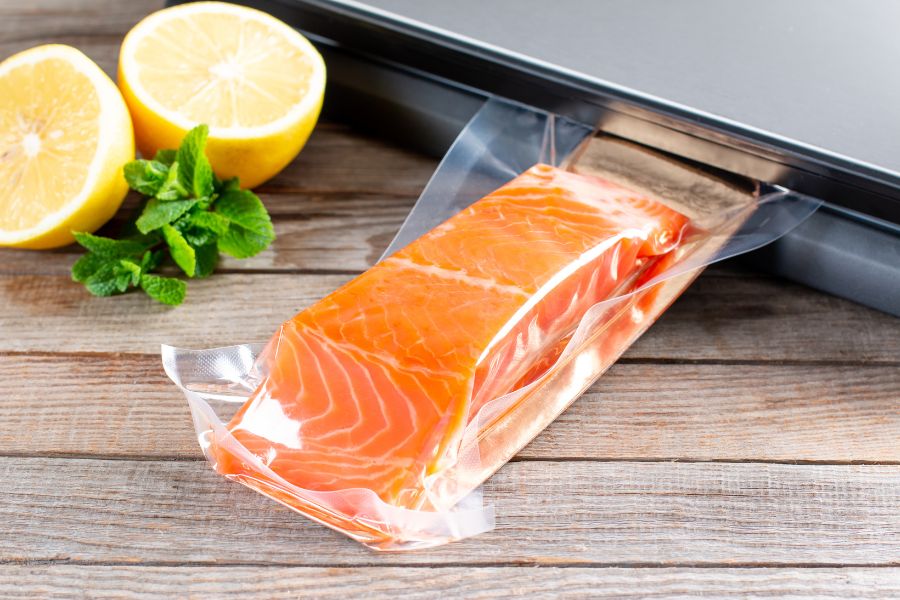
6. Vacuum Sealing
Vacuum sealing is a process that removes all the air from a jar or bag and seals it shut. This method helps preserve the contents and prevents spoilage of items like food and medication. To ensure that air doesn’t leak back into the container, vacuum sealing is used in conjunction with a heat seal on the opening of the product.
Use case: Vacuum sealing is safe for all types of meat and fish, as well as foods with liquids, as long as they are frozen before sealing. However, food that could get damaged by the pressure of the process cannot be vacuum sealed.

7. Cap and Closure Sealing
A cap and closure sealing method consists of a cap that can be screwed onto a bottle or jar. The simplest cap and closure technology is a threaded or lug cap that prevents the product from leaking while safeguarding it against unwanted exposure to air, water, or other contaminants.
Use case: Can and closure sealing is the best solution for jars and bottles. It can be paired with an induction liner to add an additional layer of protection while also creating a tamper-evident seal.
8. Resealable Sealing
Resealable sealing technology creates a seal that can be re-applied after the product has been opened. Unlike reclosable technology, this method creates a new seal instead of just closing the product.
Use case: Resealable sealing technology can use a pressure-sensitive adhesive or sealing mechanism that seals in the product and closes the container, preventing air, humidity, and other contaminants from entering. This technology is commonly used with pouches for food products and as adhesive seals for powdered products on cosmetics and household items to prevent the product from spilling out.

9. Tamper-Evident Sealing
Protecting products from tampering is crucial to ensure that customers receive safe products. Tamper-evident sealing is a method that indicates to customers if someone has tampered with the product. This helps customers to avoid purchasing or using potentially contaminated products.
Use case: Tamper-evident seals are the industry standard for food and medication products but can also be found in other sectors. For example, cosmetics may require this type of seal, as well as hazardous materials and high-value products.
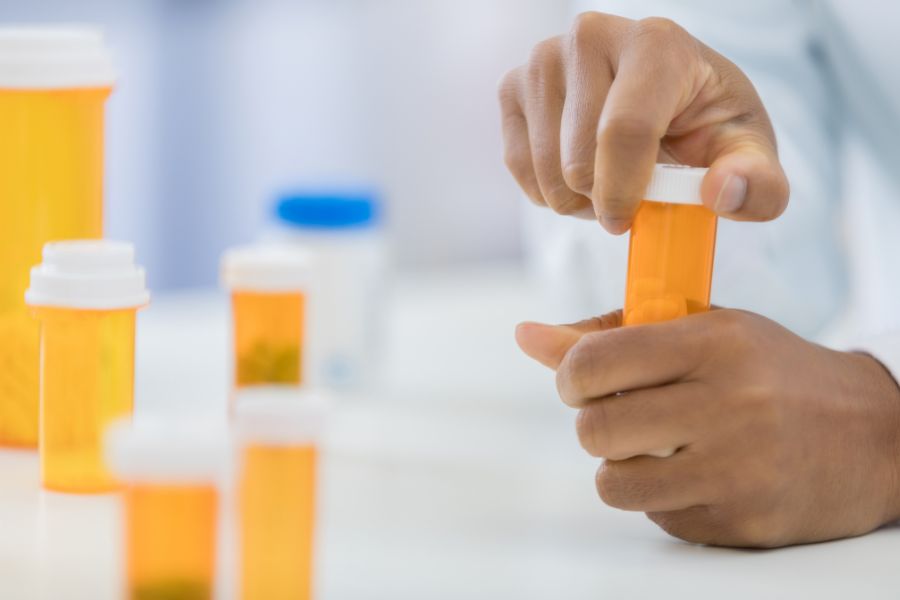
10. Child-Resistant Sealing
Child-resistant sealing is a safety feature that uses specialty lids to make it difficult for children under 5 to access a product. If a product poses a danger of suffocation or poisoning, it may require child-resistant sealing to meet safety standards. All medication typically comes with a child-resistant seal, and customers must specifically request a bottle without this safety feature if it is needed for an elderly or disabled person. To open a child-resistant container, the customer must grip and press down on the lid while turning or aligning notches to release the top. Young children under the age of 5, who are at the highest risk of harm from these products, should not be able to read the instructions to open the container, which could potentially save a life.
Use case: All medications typically come with child-resistant seals. Hazardous chemicals and potentially toxic household products, such as bleach or cleaning solutions, may also use child-resistant caps.
Are There Eco-Friendly Seal Technologies Available?
Many seal technologies available today use eco-friendly materials to help companies create sustainable packaging. Heat and ultrasonic sealing are almost entirely eco-friendly as they do not require chemical adhesives. When combined with bioplastic films and recyclable plastic or glass bottles, the entire process can be environmentally friendly. Manufacturers and engineers are also experimenting with more eco-friendly adhesives. Using natural adhesives such as plant-based starches or beeswax is another way to improve seal technology and make packaging more environmentally sustainable.
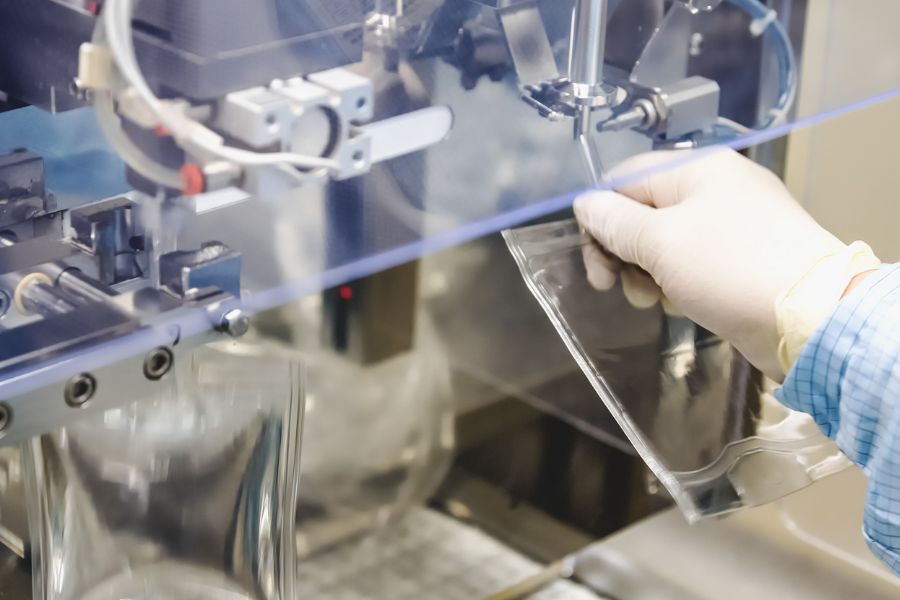
Selecting the Appropriate Seal Technology
Choosing the correct seal technology is a crucial step in ensuring the safety and quality of your product. It all starts with understanding your product, your customers, and any relevant risks or regulations. If your product needs to be protected from contamination, then you will require an air-tight and tamper-proof seal. For liquid products or those that pose a risk to the environment, water-tight seals are necessary. In cases where it is essential to prevent young children from accessing the product, a child-safe closure is a must. However, if you only need to close your container and prevent leakage, then a basic seal may suffice.
Start Using the Best Seal Technology for Your Products Today!
When it comes to finding the best seal technology for your products, seeking professional help can make all the difference. At Paramount Global, we have been providing top-tier customer service and packaging solutions for over 47 years. Since 1976, we have helped businesses like yours succeed by offering our expertise in sustainable packaging options, logistics support, and custom packaging solutions. Our team is here to help you find the right packaging and seal technology for your specific requirements. Contact us today to learn how we can be a partner to you.
Hayley is a marketing professional and copywriter with a background in crafting content for a diverse range of industries. She has been writing about packaging and supply chain logistics for Paramount Global since 2022. She specializes in explaining complex topics in a clear and engaging way and is an advocate for sustainability in packaging and supply chain management.
Read More
For over forty years, Paramount has been delivering perfectly integrated packaging and supply chain solutions.
